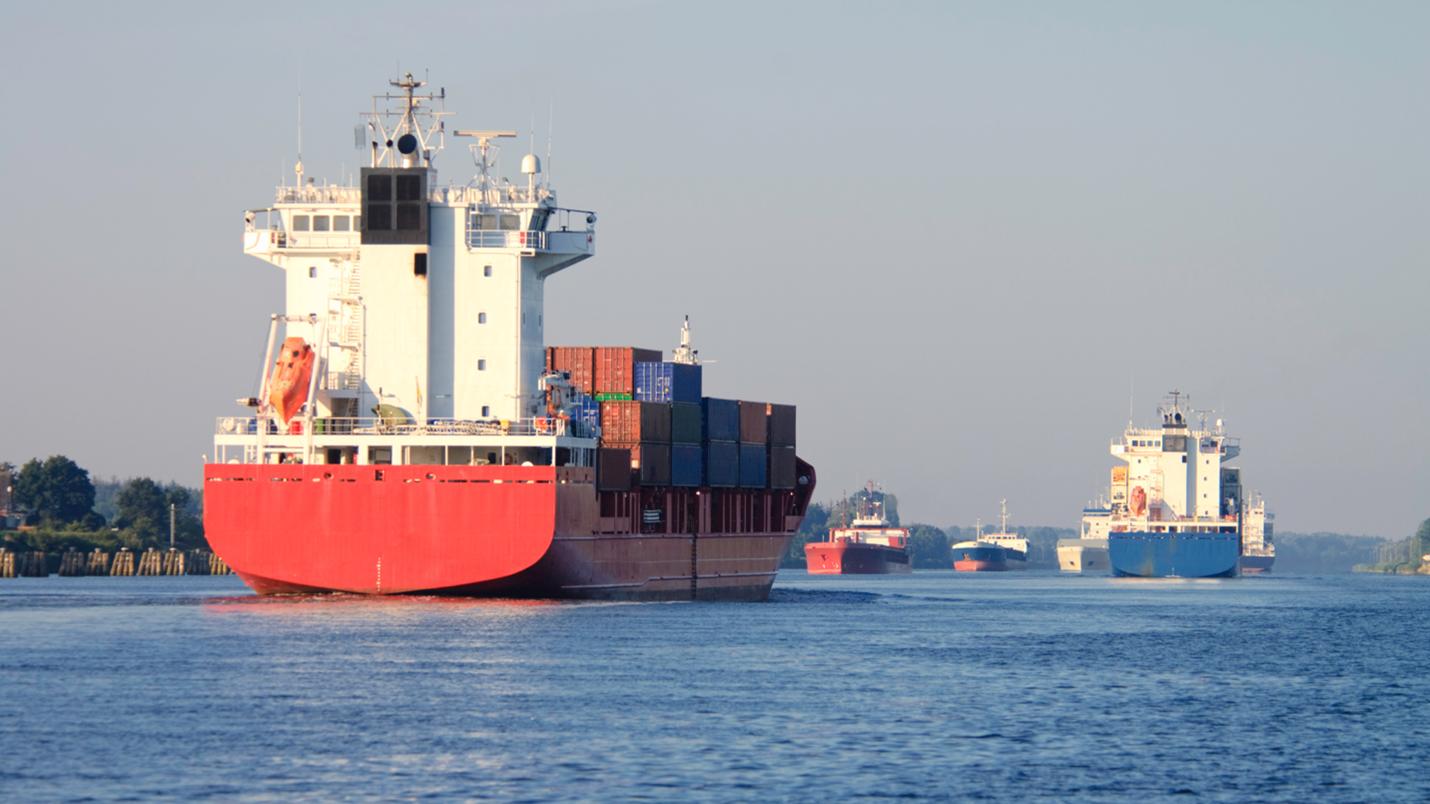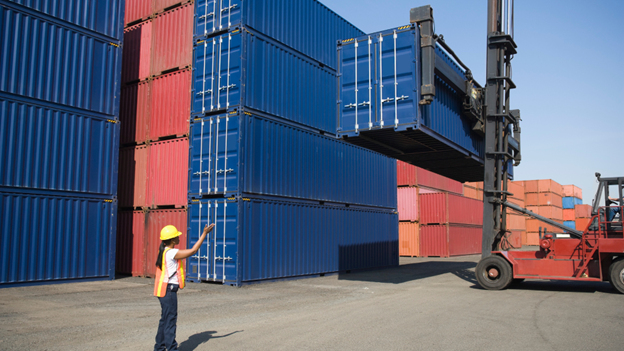News Blogs
-

What You Need to Know About a Hazmat Report
A Hazmat (Hazardous Materials) Report provides information about the transportation of hazardous materials. It includes details such as the type and quantity of the hazardous materials, the transportation route, and the responsible party’s contact information. A Hazmat Report aims to ensure the safe transportation of hazardous materials and to provide emergency responders with critical information […]... Learn more
-

49 CFR Lithium Battery Regulations Revised for Air Transport
Due to their unique challenges to safety in the air transportation environment, transporting lithium batteries safely by air has been an ongoing concern. Unlike most other hazardous materials, lithium batteries have a dual chemical and electrical hazard. If involved in a fire, this combination of risks can create a scenario that exceeds the fire suppression […]... Learn more
-

How To Clean Up the Damage from Oil Spills on Soil
You should always be prepared for an oil leak or spill if you are responsible for any oil storage. You must know what to do, as not all oil spills are the same. The spill’s size and the type of oil or refined oil product will impact the spill’s severity. For example, gasoline is worse […]... Learn more
-

Why WHMIS Matters: The Importance of WHMIS Training
Employees spend an average of 40 hours a week in the workplace. Employers are responsible for ensuring that their work areas are safe from dangerous situations. Still, Canadian worker’s compensation boards reported an average of “924 workers died due to work-related causes in 2020. This report provides a jurisdictional comparison of work-related injury and fatality […]... Learn more
-

IMDG Code, 2022 Edition Amendment 41-22
The International Maritime Dangerous Goods Code (IMDG Code) lays out the regulatory framework for all aspects of handling dangerous goods and marine pollutants in sea transport. Amendment 41-22 includes revisions to various sections of the Code and to transport requirements for specific substances. It was adopted by the International Maritime Organization’s Maritime Safety Committee at its […]... Learn more
-

How a Safety Consultant Can Improve Workplace Safety and Help Manage Your Risk
Is your workplace as safe from hazards and injuries as it could be? Does your workplace comply with all federal, provincial, state, and local health and safety laws and regulations? The top priority of every employer should be guaranteeing the safety of employees in the workplace. Every workplace presents risks, regardless of the location or […]... Learn more
-

The Top Ten OSHA Violations in The Workplace and How To Avoid Them!
The Occupational Safety and Health Administration (OSHA) releases a list of the most-cited violations of its standards across all industries every year. OSHA publishes the list to caution employers so they can make efforts to locate and restore identified hazards communicated in these and other standards before OSHA shows up. Many preventable injuries, illnesses, and […]... Learn more
-

All You Need to Know About Canada’s WHMIS
WHMIS stands for the Workplace Hazardous Materials Information System. Canada’s requirements for hazard classification and communication for workplace chemicals (WHMIS) were updated in 2015 to include GHS, the Globally Harmonized System of Classification and Labelling of Chemicals. These requirements are now known as WHMIS 2015. After a transition period from WHMIS 1988 that ended on […]... Learn more
-

All You Need to Know About IMDG Code for Shipping Containers
The purposes of the IMO are to provide machinery for cooperation among Governments in the field of governmental regulation and practices relating to technical matters of all kinds affecting shipping engaged in international trade, to encourage and facilitate the general adoption of the highest practicable standards in matters concerning maritime safety, the efficiency of navigation […]... Learn more
-
What is a CAS number, how is it assigned and why it’s so important?
What is a CAS number? CAS (Chemical Abstracts Service) also known as CASRN is a registry of chemical identification numbers maintained by the American Chemical Society. Although ceramic materials are generally minerals or processed minerals rather than chemicals, most do have numbers in the system. Currently there are over 182 million CAS registration numbers that have […]... Learn more
